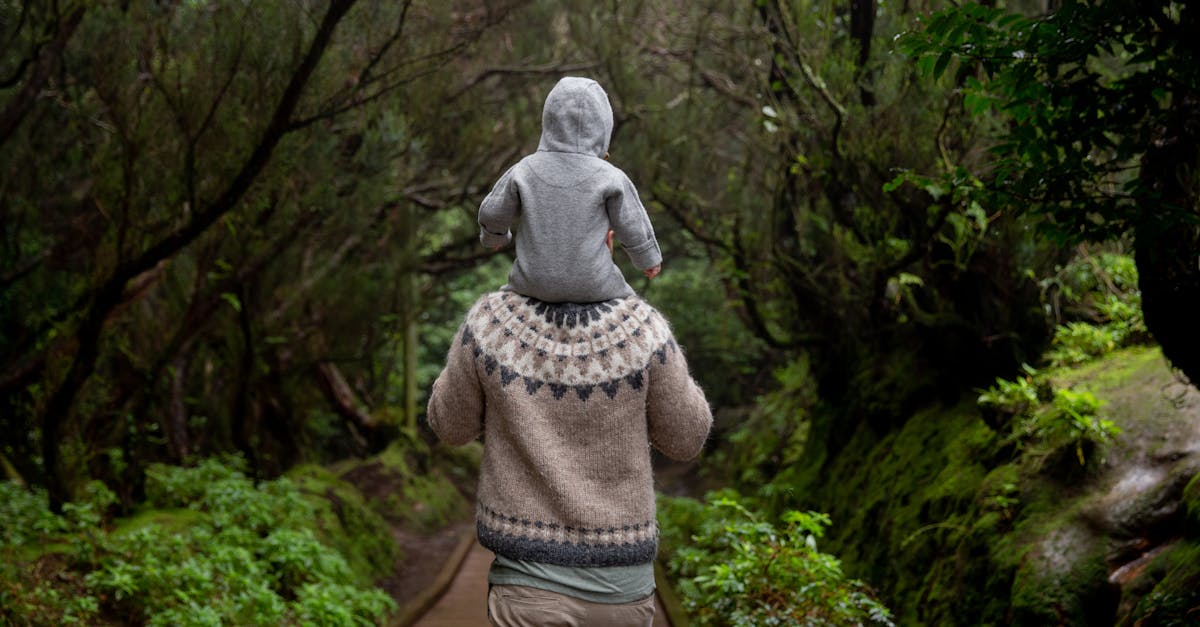Begin on a journey with us as we unveil essential tips for an enjoyable and educational nature walk.
Discover the wonders of the great outdoors while enhancing your knowledge of the natural world.
Our expert advice will guide you through maximizing your experience, whether you’re a seasoned hiker or a novice explorer.
From identifying local flora and fauna to understanding ecosystem dynamics, we’ve got you covered.
Join us as we investigate into the art of blending recreation with education, creating unforgettable moments in nature.
Let’s step outside and immerse ourselves in the beauty and wisdom of the wilderness.
Key Takeaways
- Choose the right trail based on location, length, and difficulty to match your fitness level and interests.
- Pack essential items like water, snacks, comfortable shoes, weather-appropriate clothing, sun protection, navigation tools, and a first aid kit for a safe and enjoyable nature walk.
- Observe wildlife safely by maintaining a safe distance, using binoculars or a camera, respecting their habitat, staying quiet, still, and following park guidelines.
- Document your discoveries by taking notes, sketches, and photos respectfully, and consider creating a nature journal to preserve your findings.
- Engage with the environment by using all your senses, observing details, interacting with textures, asking questions, and visiting nature centers to deepen your connection with nature.

Choosing the Right Trail
When picking a trail, consider the location, length, and difficulty to ensure an enjoyable experience. Look for trails that match your fitness level and interests. Research online trail guides or consult local park websites for recommendations. Always check the weather forecast before heading out.
- Select trails that align with your goals, whether it’s bird watching or panoramic views.
- Consider proximity to the trailhead, especially if time is limited.
- Prioritize safety by choosing well-marked paths and informing someone of your plans.
- Check for trail closures or restrictions on official park websites.
For more tips on choosing the right trail, visit National Park Service or AllTrails.
Packing Essentials
When heading out for a nature walk, it’s crucial to pack the right essentials. We recommend carrying these key items to ensure a safe and enjoyable experience:
- Water bottle: Stay hydrated throughout your walk.
- Trail snacks: Pack some lightweight, energy-boosting snacks.
- Comfortable shoes: Wear sturdy and comfortable footwear.
- Weather-appropriate clothing: Dress in layers and check the forecast.
- Sun protection: Don’t forget sunscreen, a hat, and sunglasses.
- Navigation tools: Bring a map and a compass, or use a reliable GPS app on your phone.
- First aid kit: Include basics like Band-Aids, antiseptic wipes, and pain relievers.
Before you hit the trail, double-check that you’ve packed these essentials. Need more advice on what to bring? Check out recommendations from the National Park Service or AllTrails.

Observing Wildlife Safely
When it comes to observing wildlife during a nature walk, our safety and the animals’ well-being should always be the top priority. Here are some tips to help us observe wildlife safely:
- Maintain a safe distance: It’s essential to keep a respectful distance from wildlife to avoid disturbing them and ensure our own safety.
- Use binoculars or a camera: Optics like binoculars or a camera with a zoom lens can help us observe animals up close without getting too near.
- Respect their habitat: Animals have their own space and territory, so we should never intrude or try to touch them.
- Stay quiet and still: Being quiet and calm increases our chances of observing wildlife in their natural behavior without causing them stress.
- Follow park guidelines: Always abide by park rules and regulations about wildlife observation to protect both the animals and ourselves.
For further information on observing wildlife responsibly, you can visit the National Wildlife Federation’s guidelines.
Remember, observing wildlife is a privilege that comes with the responsibility to protect and respect these incredible creatures.
Documenting Discoveries
When you’re out for a nature walk, capturing your observations can enhance the experience. Taking photos or making notes allows you to remember details and share your findings with others later. Use a small notebook or a nature journal to jot down interesting facts or sketches of plants and animals. Include the date and location of your sightings to keep track of your discoveries. Another fun way to document your experience is by creating a collage with gathered leaves, flowers, or feathers.
Remember, documenting nature should always be done respectfully without disturbing the wildlife. If you’d like to learn more about nature journaling techniques, visit the National Park Service’s guide.

Engaging with the Environment
When on a nature walk, engage all your senses. Listen to the birds chirping, feel the breeze on your skin, and notice the earthy smells around you. Take time to observe the intricate details of plants, insects, and wildlife.
Interact with the environment by touching different textures, such as tree bark or soft moss. Encourage curiosity by asking questions and seeking to learn more about the surroundings. Share your findings with fellow nature enthusiasts and spark conversations.
Explore further by visiting local nature centers or botanical gardens to deepen your understanding of the natural world. Embracing the beauty and diversity of our environment enriches our connection with nature.
For more tips on enhancing your nature walk experience, check out resources from the National Park Service.

